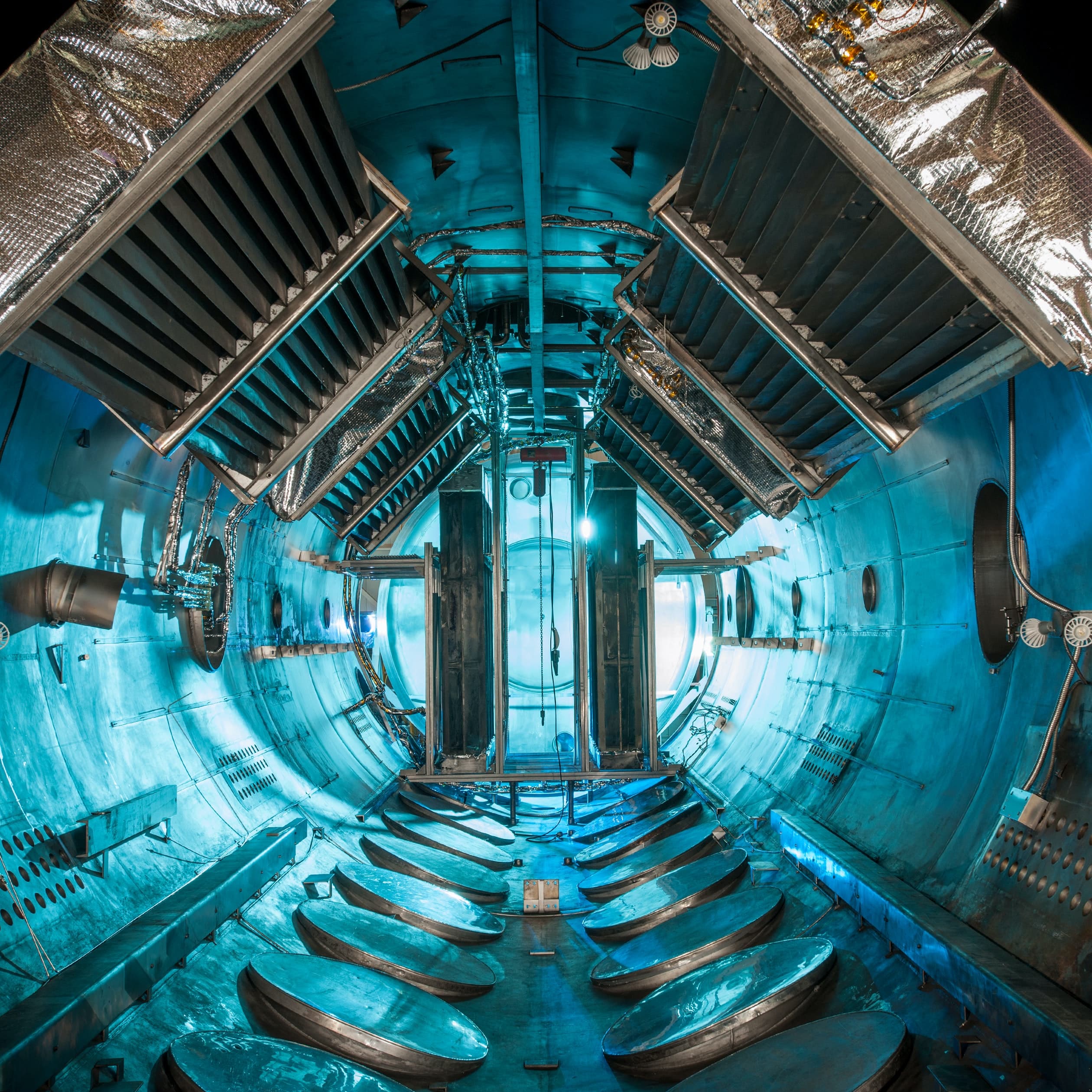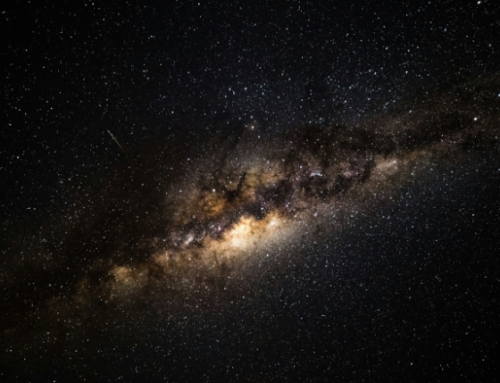NASA’s exploration focus is fostering the potential of early-stage technologies that will help us explore further into the universe than previously thought possible. The agency provides approximately $19 billion for space research endeavors, with $10.5 billion intended to lead innovative and sustainable campaigns to reach the Moon and further advance exploration on Mars and other destinations. By redirecting funding toward innovative programs and directing funds to more private and public partnerships, NASA is helping to set the stage for the research and development of innovative technologies to flourish.
Early-stage innovations, in particular, are helping to propel NASA technology forward, offering projects from unique rocket designs to extraterrestrial surface landers. The NASA team has selected 14 proposals from universities to study early-stage technologies that accelerate innovations that further space missions.
Walt Engelund, the deputy associate administrator of programs within NASA’s Space Technology Mission Directorate in Washington, D.C. says, “There are talented researchers outside of NASA, working at universities across the country, who are poised to help us look at challenging aspects of space exploration in new ways.”
The university teams will spend three years working on their proposed research and development projects and will receive as much as $550,000 each in Early Stage Innovations grant funding through NASA’s Space Technology Research Grants program.
Among last year’s early-stage innovations, several highlight the progress of experts at universities across the nation. These developing technologies include: Rotating Detonation Rocket Engine Concept Development, Chemical Heat Integrated Power Systems, Rocket Plume-Surface Interaction Prediction Advancements, Machine Learning/Deep Learning Tools for Protecting Astronauts from Solar Energetic Particle Hazards, Next Generation Durability and Damage Tolerance Methodologies, Integration of Cryogenic Fluid Two-Phase Numerical Modeling Techniques.
For example, Machine Learning/Deep Learning Tools for Protecting Astronauts from Solar Energetic Particle Hazards is making exciting progress. The research proposals focus on developing artificial intelligence tech to better predict space weather events like particle emissions during solar flares that are damaging to spacecraft and astronauts. This research aims to give astronauts time to protect themselves from these particles.
The research project, Rocket Plume-Surface Interaction Prediction Advancements, is also helping to solve critical issues that arise during exploration. Under the Artemis program, NASA will return to the Moon by 2024 and prepare for future missions to Mars. However, one challenge of planetary landings is that engine plumes can blow sandy soils in various directions and at very high speeds. This causes particles to obscure the landing zone and potentially damage the landing spacecraft or other human-made infrastructure in the area. However, this research conducted by researchers at Auburn University, University of Illinois — Urbana-Champaign and the University of Michigan — Ann Arbor, seeks to understand how rocket plumes interact with soil on the Moon and Mars so negative effects can be minimized.
These projects are just a small handful of ways that NASA funded research is helping to spur innovation in the public and even private sectors, showing how players in each niche are crucial to the exploration of space. By building collaborative partnerships that can support one another, we can more easily expand our horizons and improve the tools and resources that will help us build more awareness of the universe around us.






